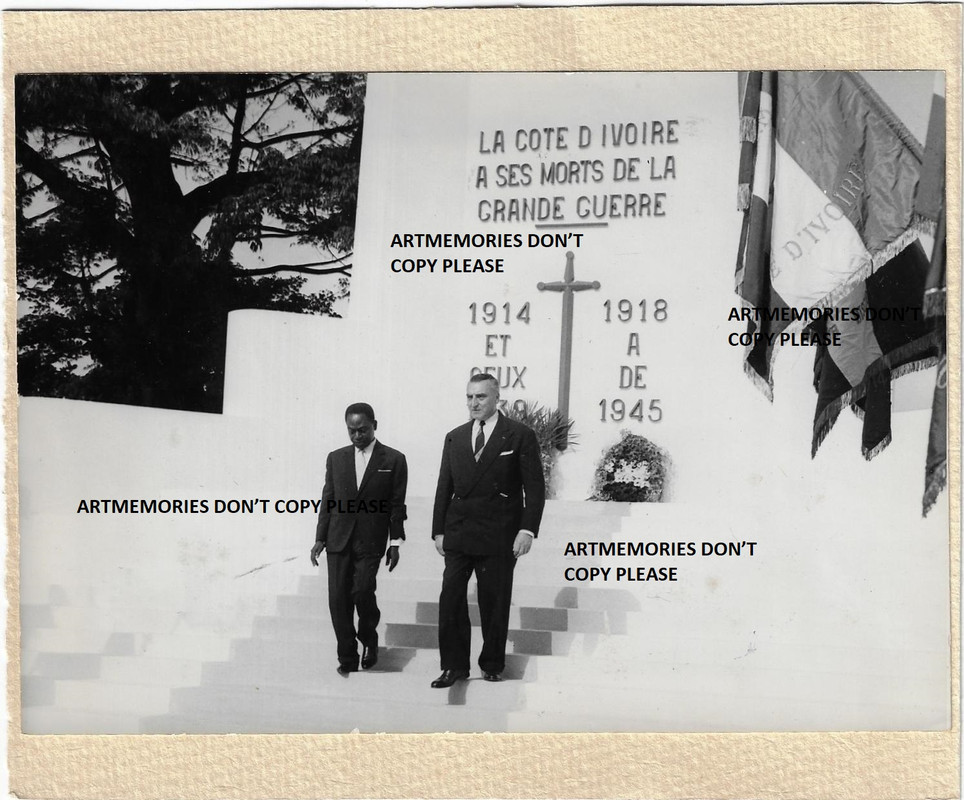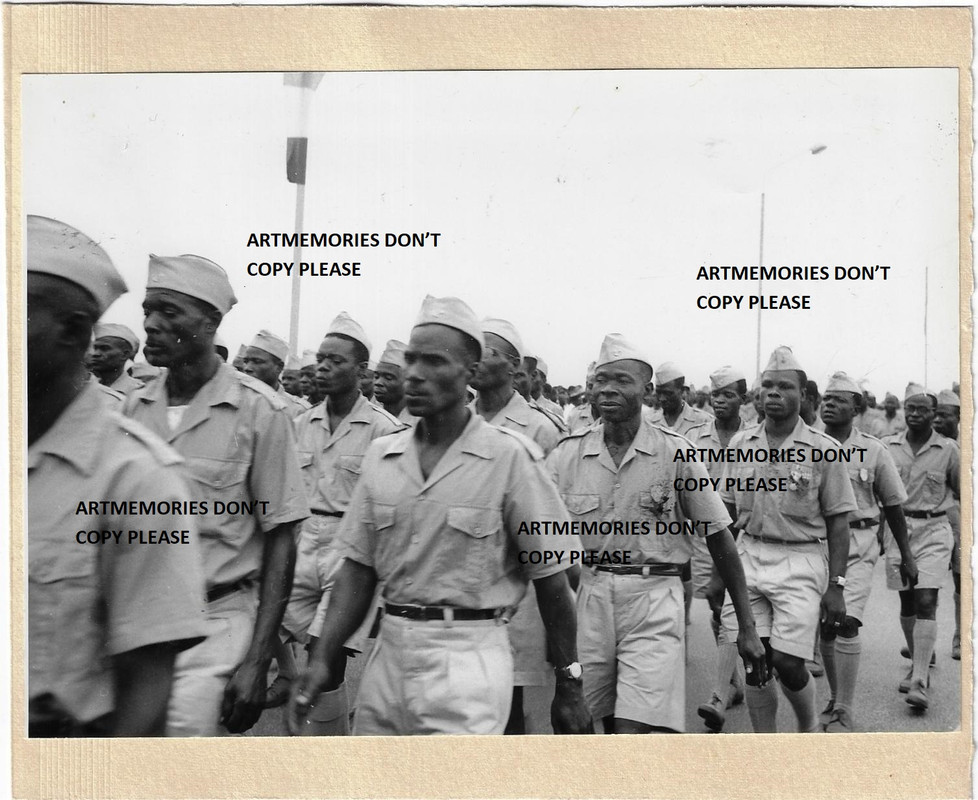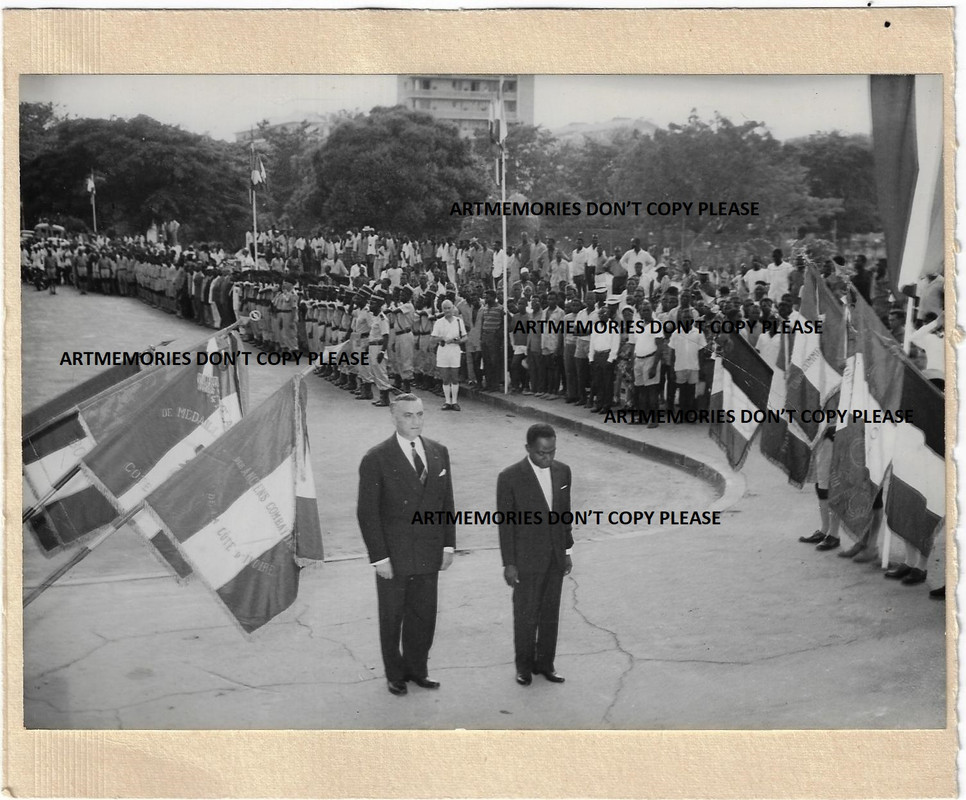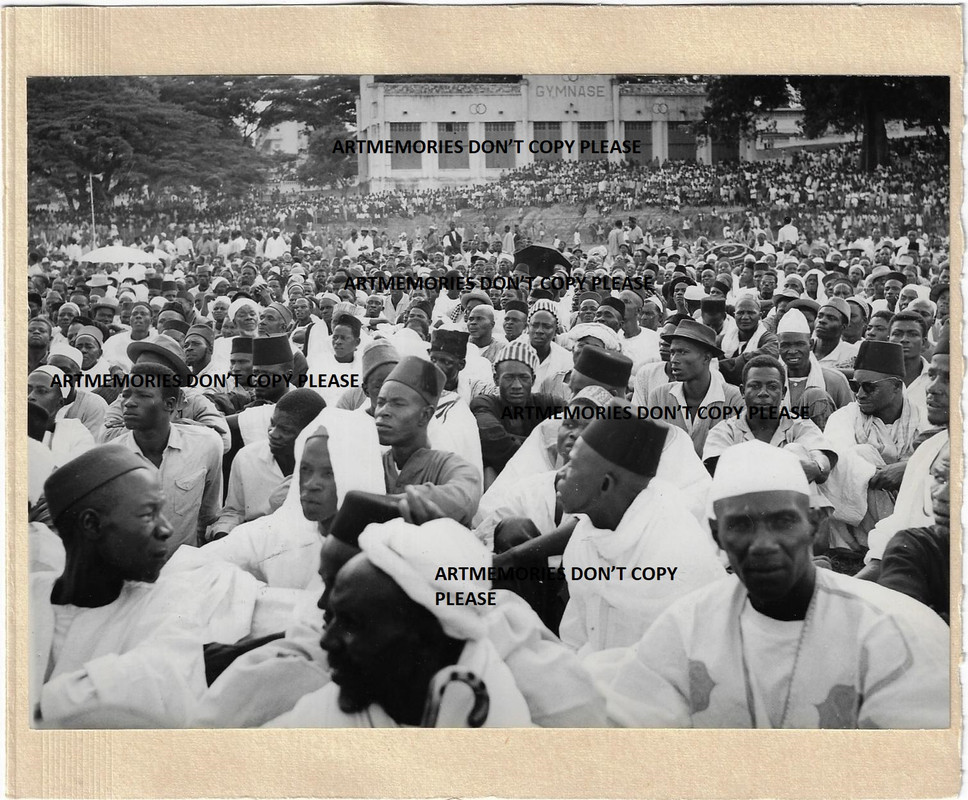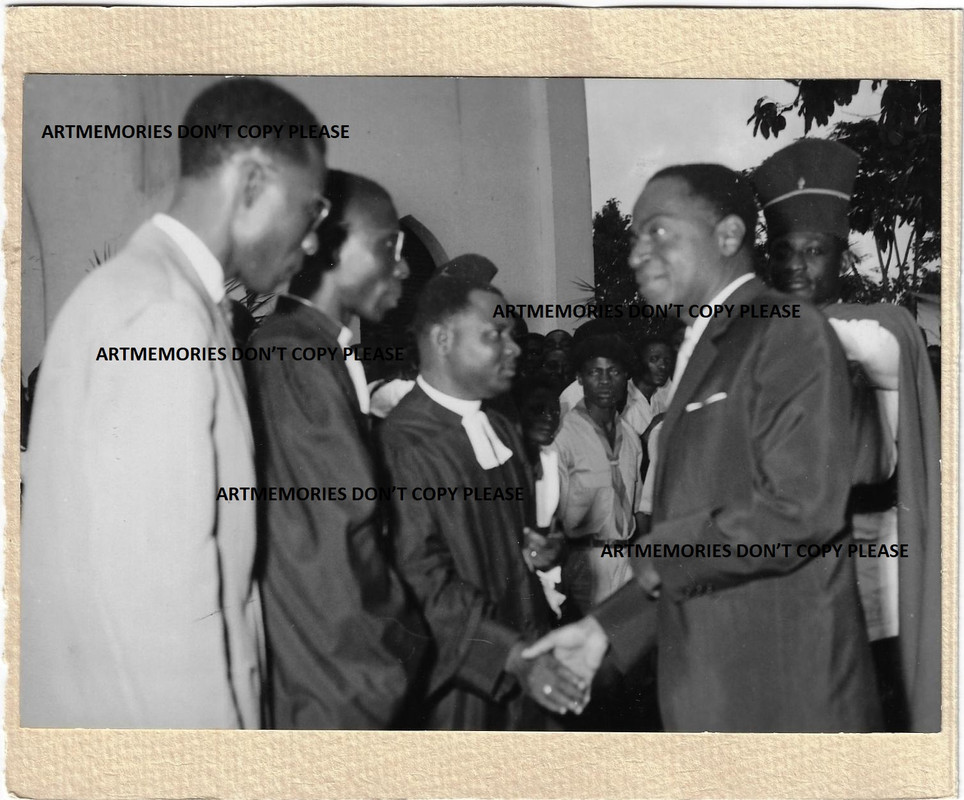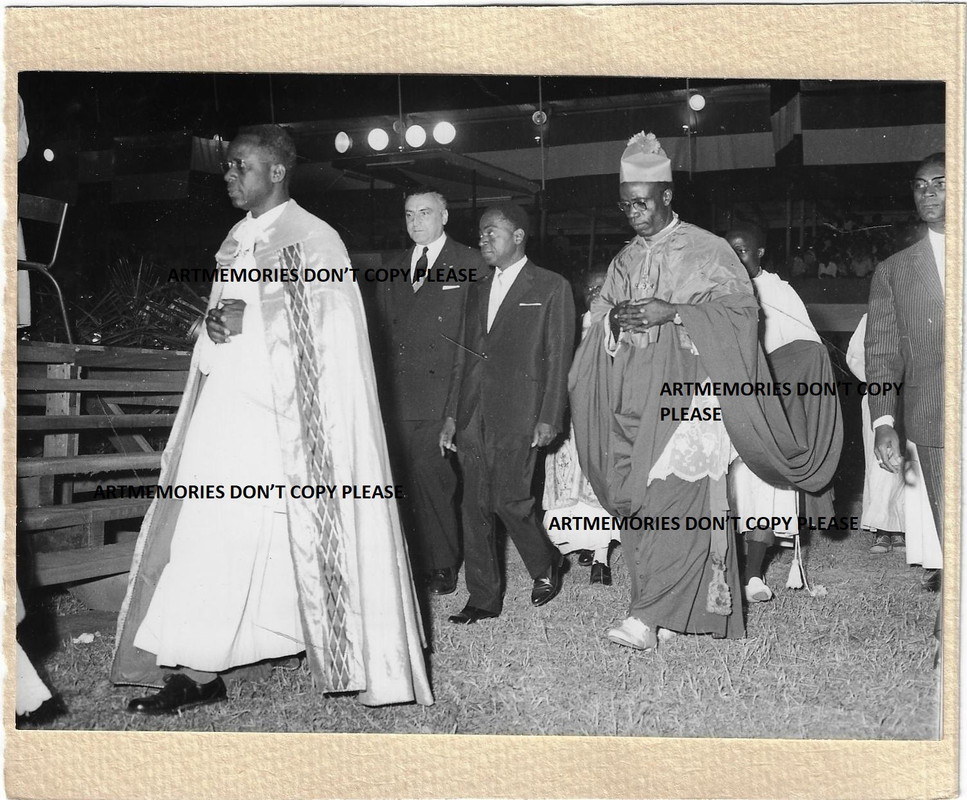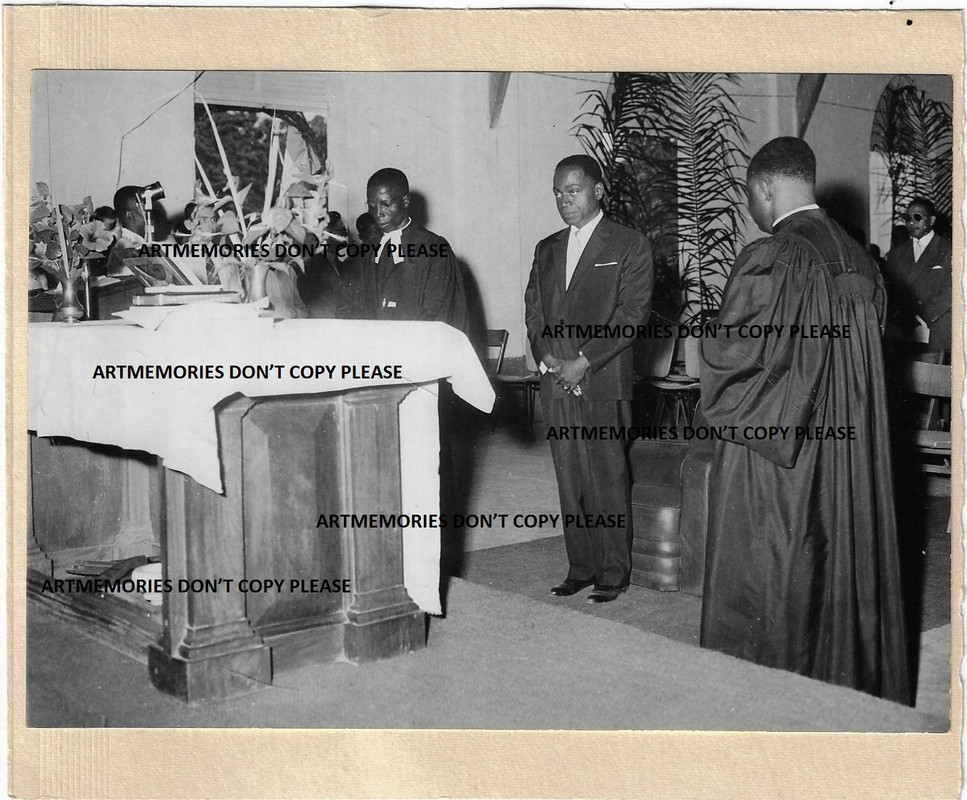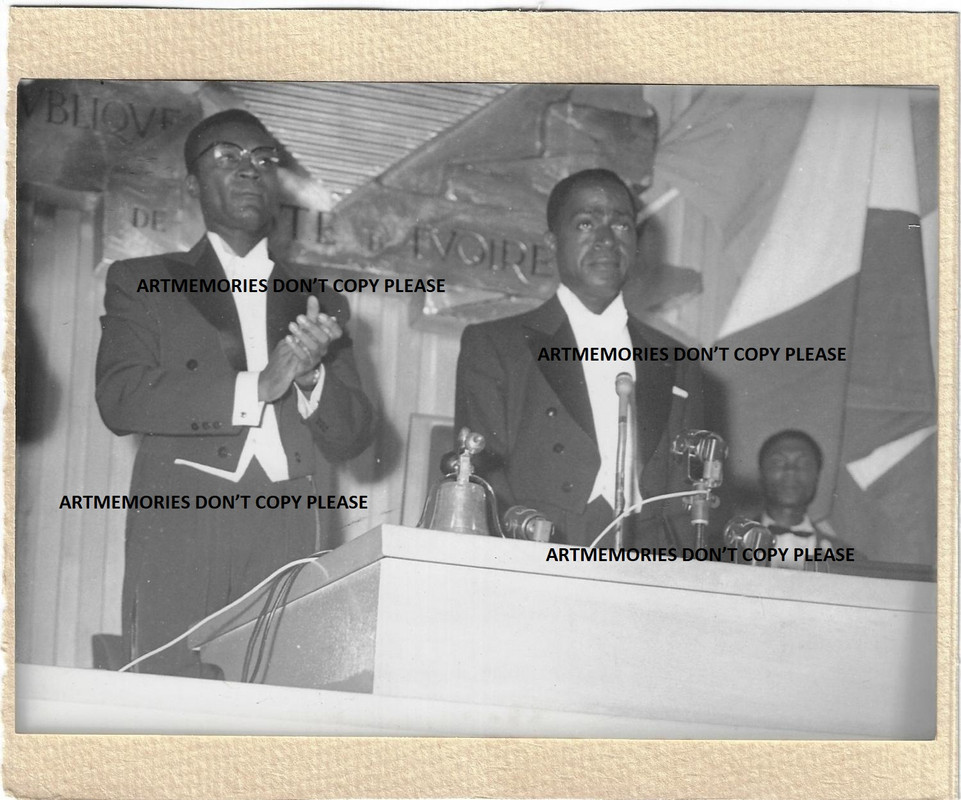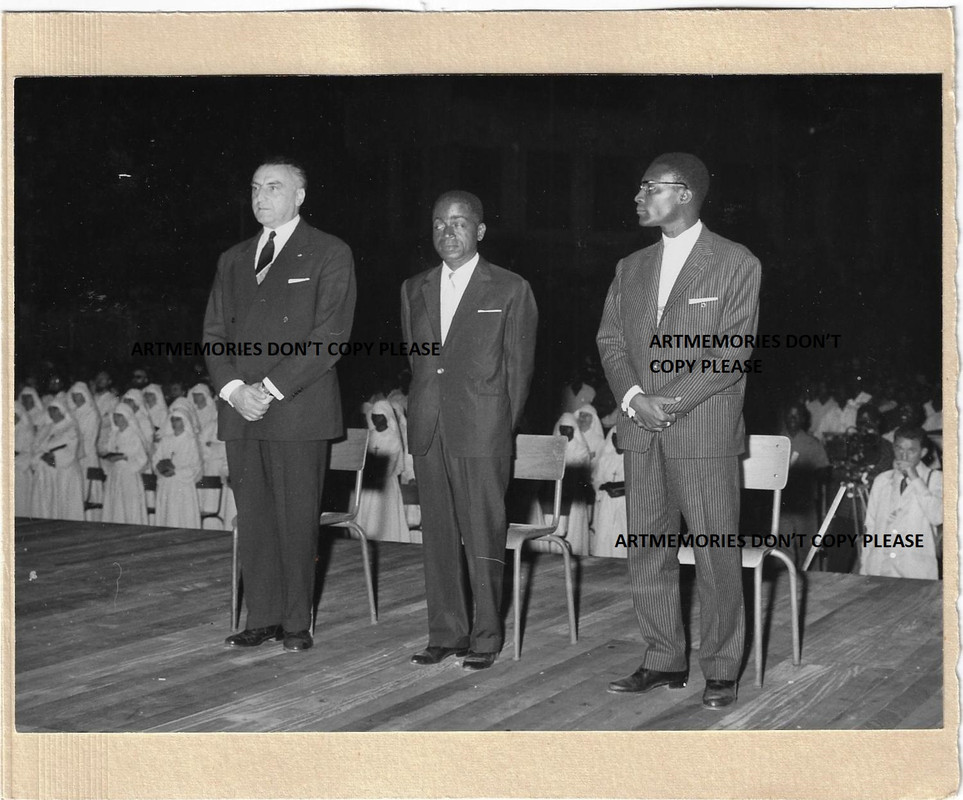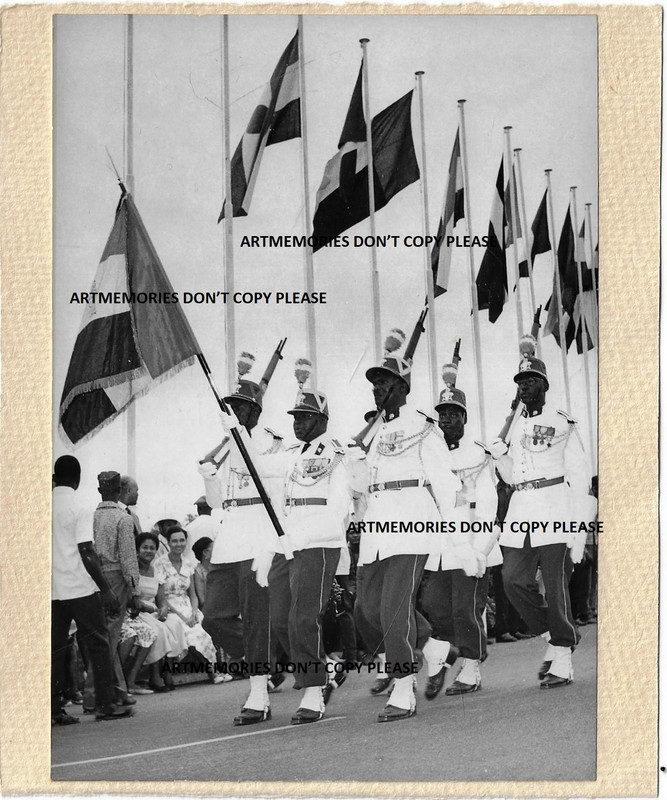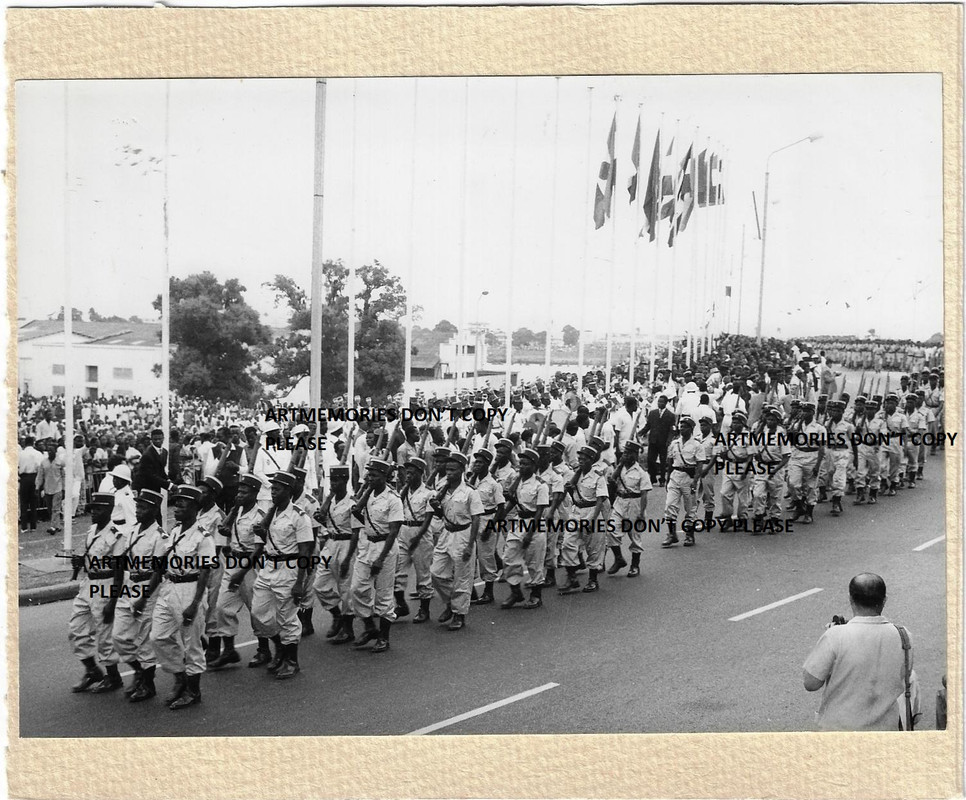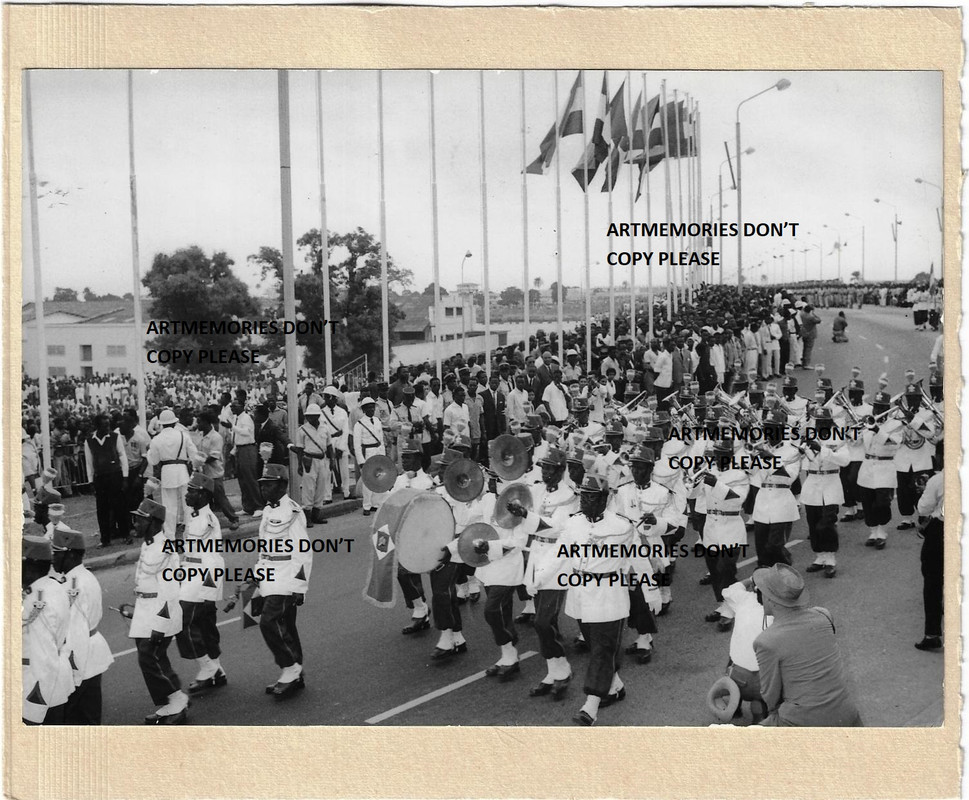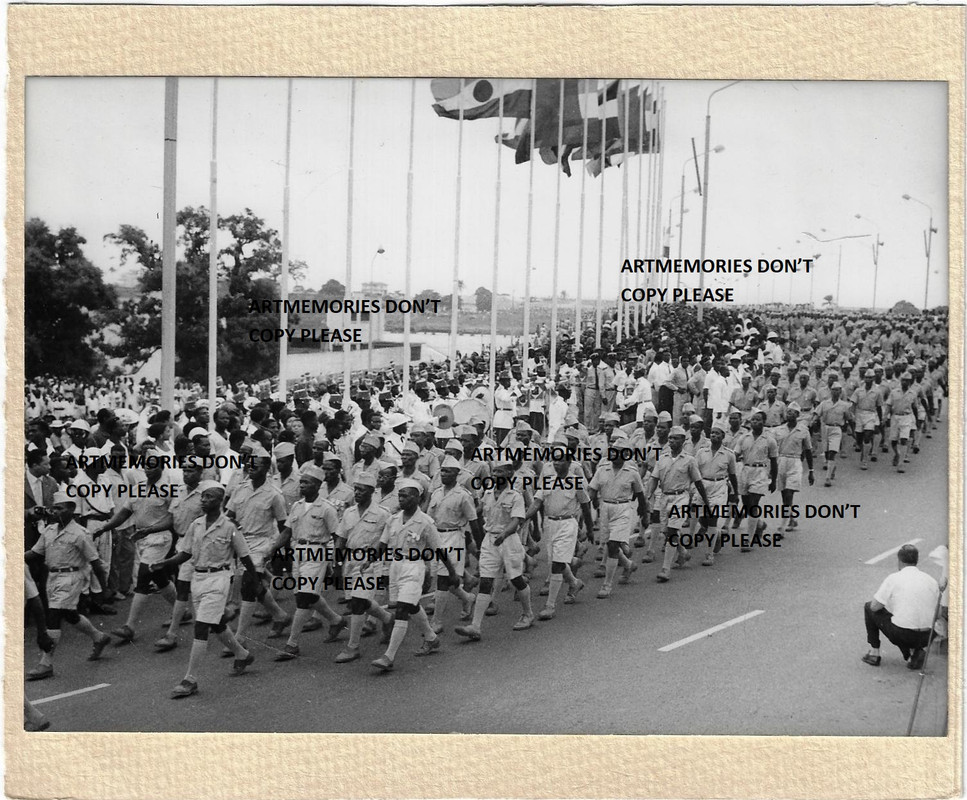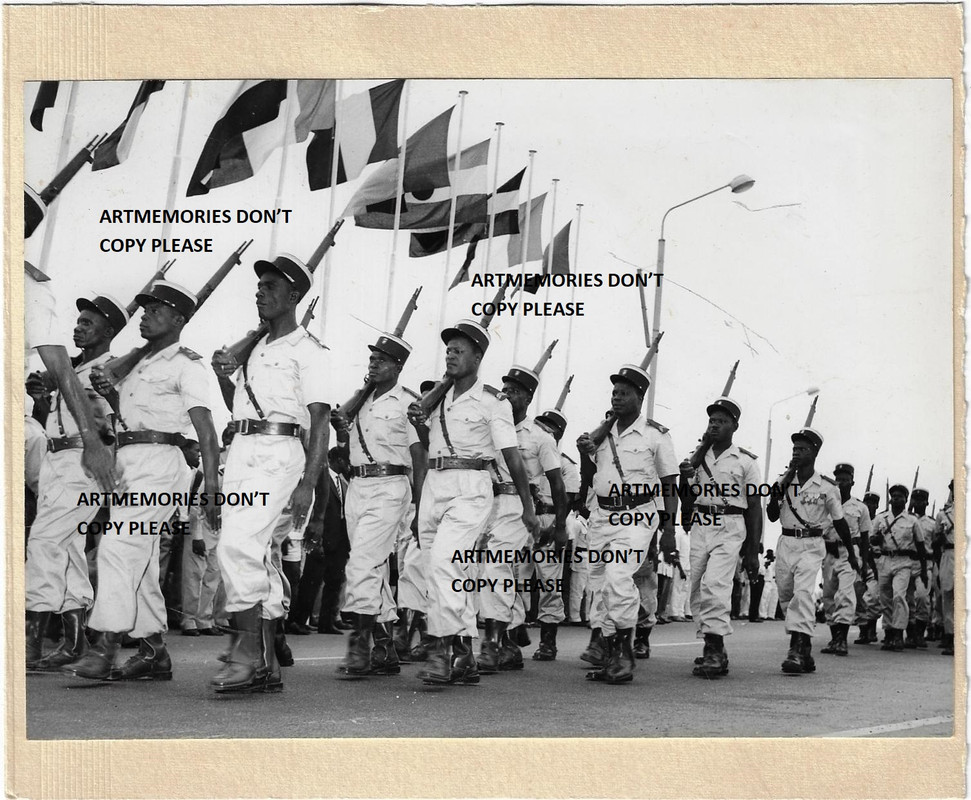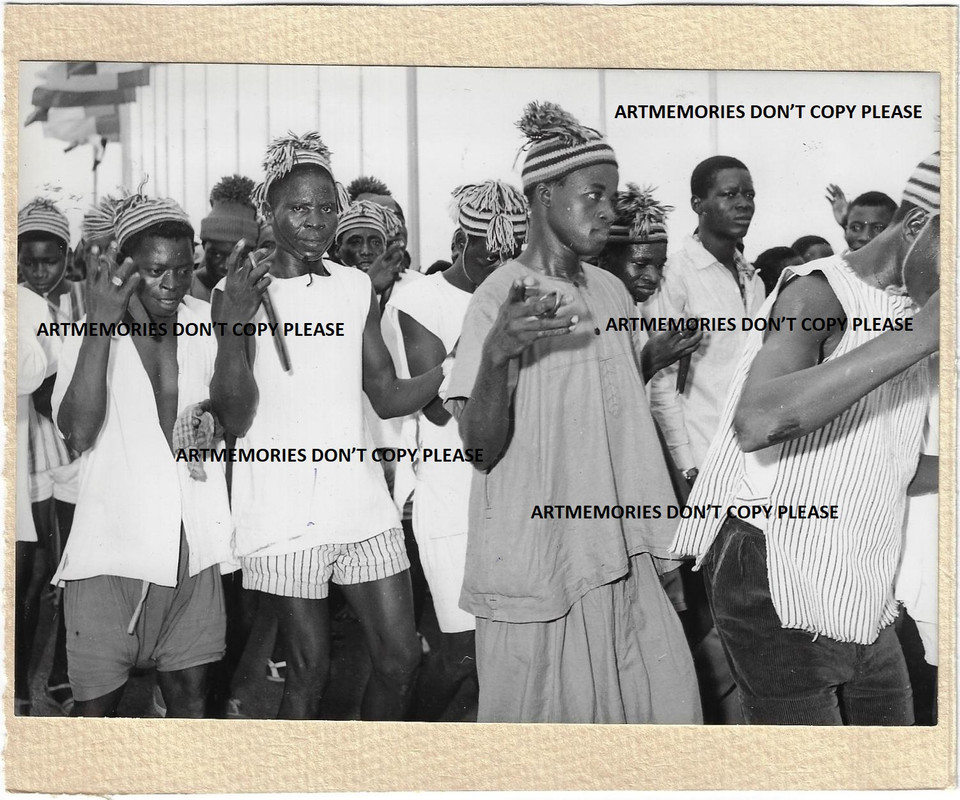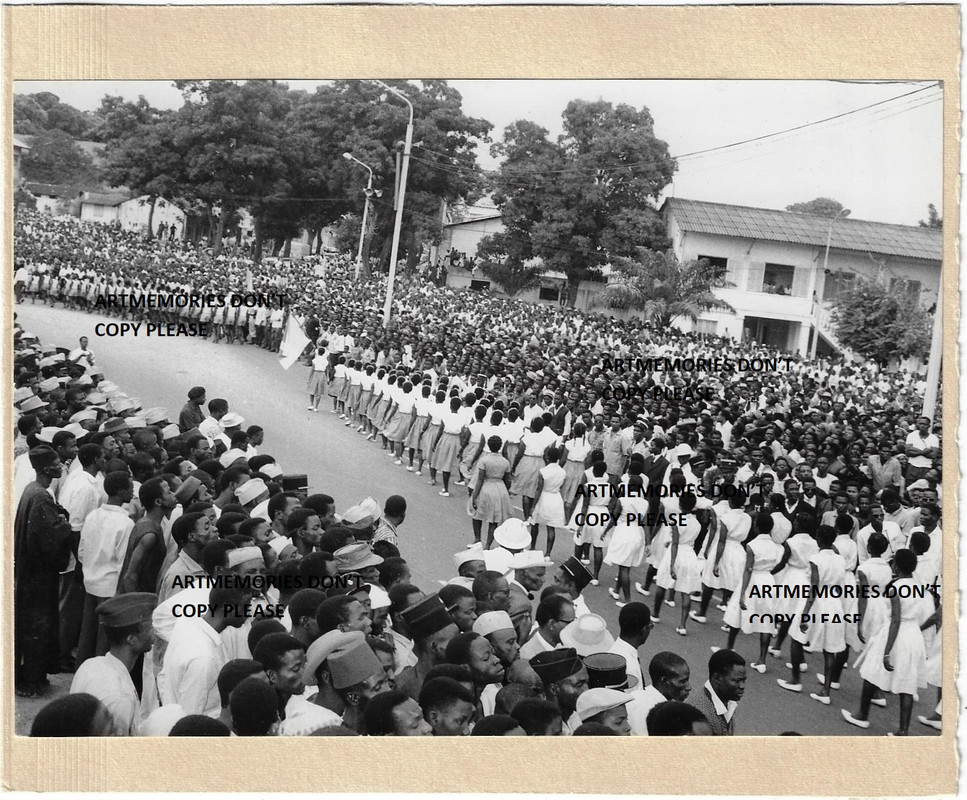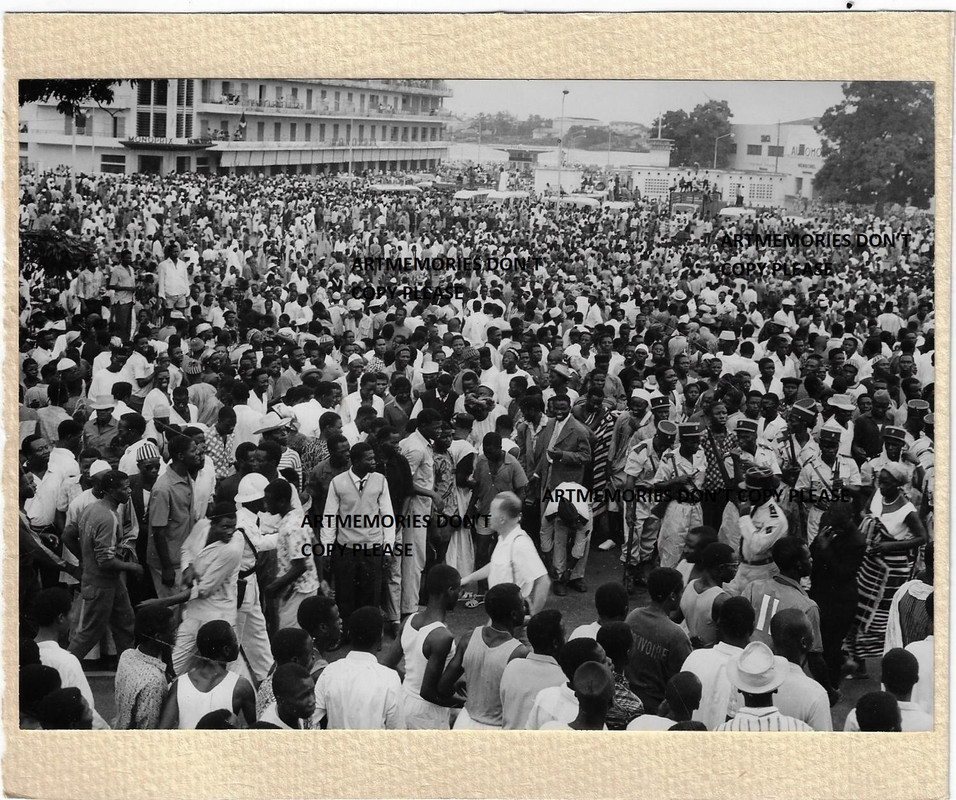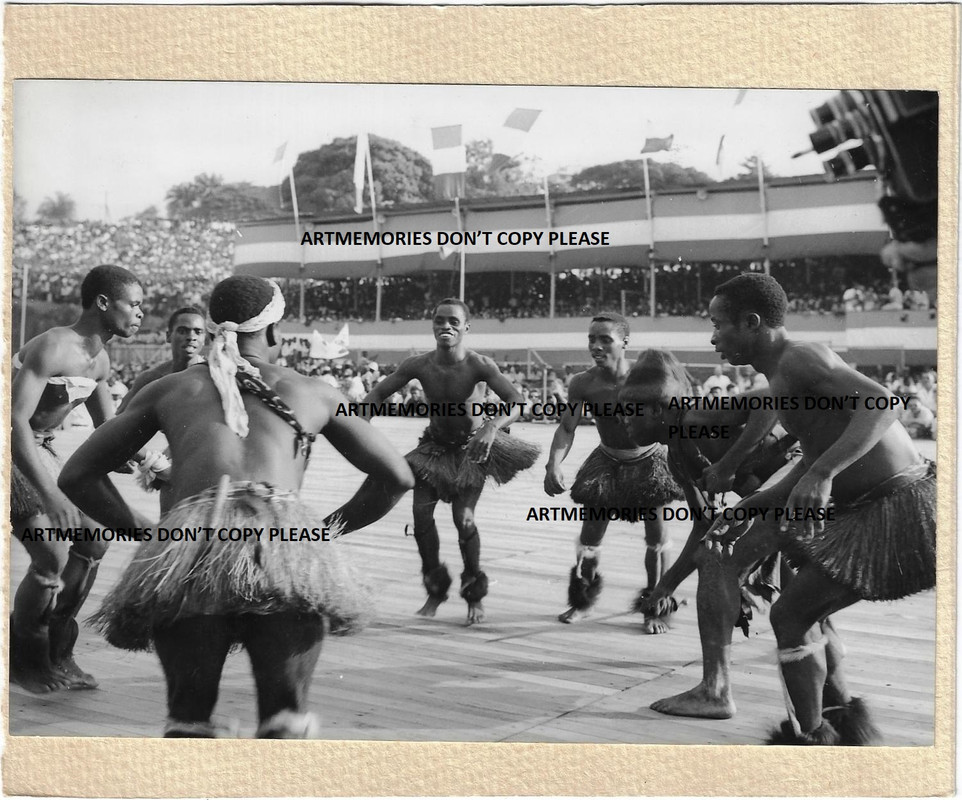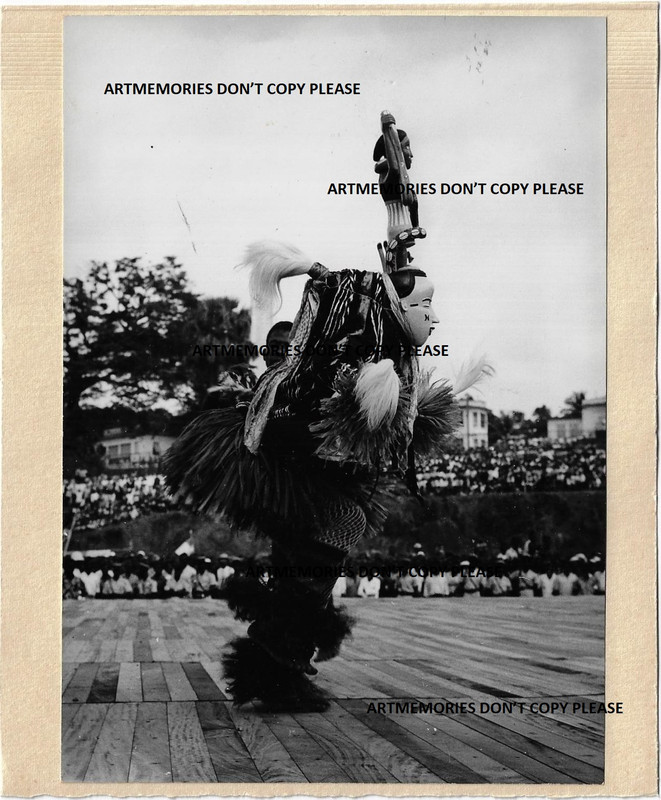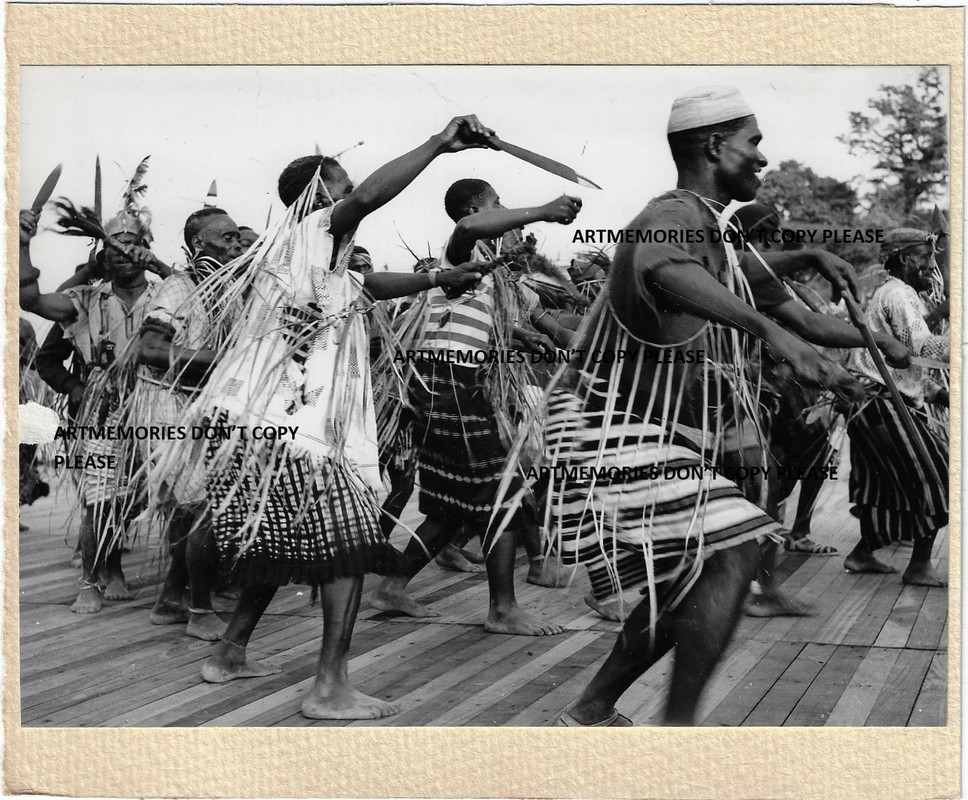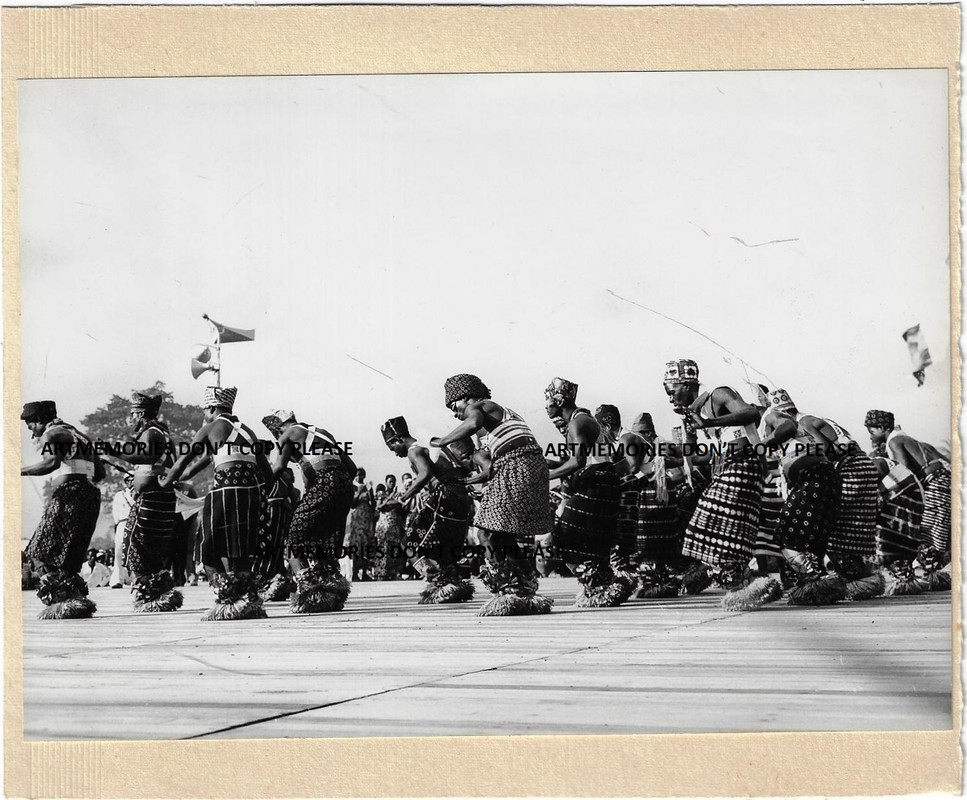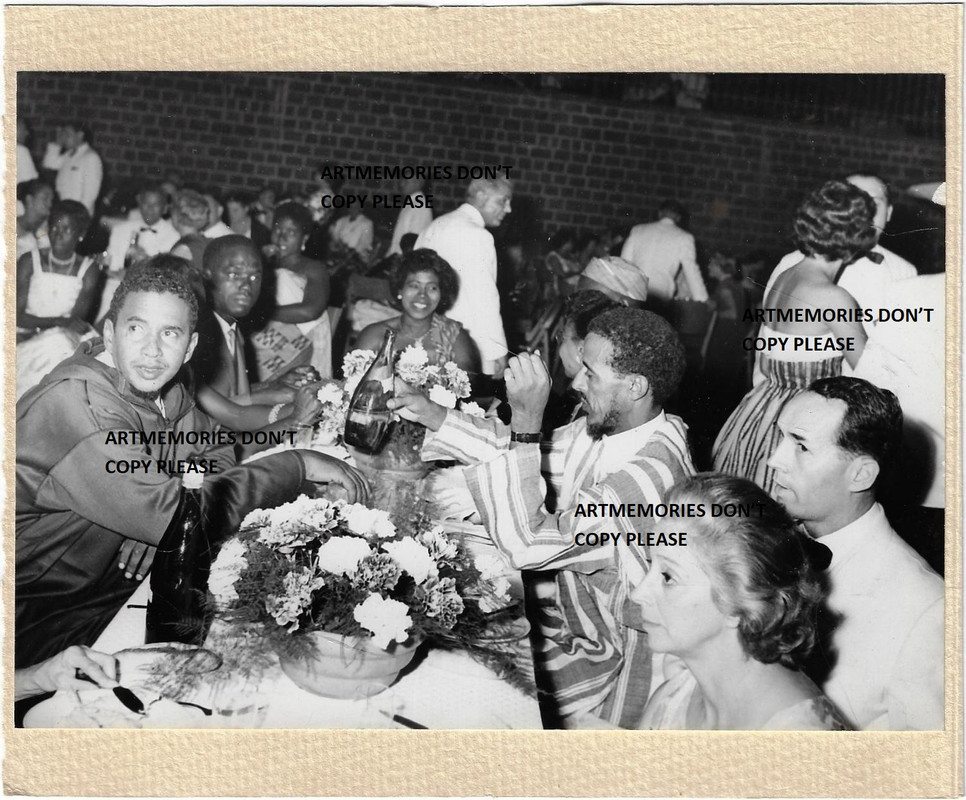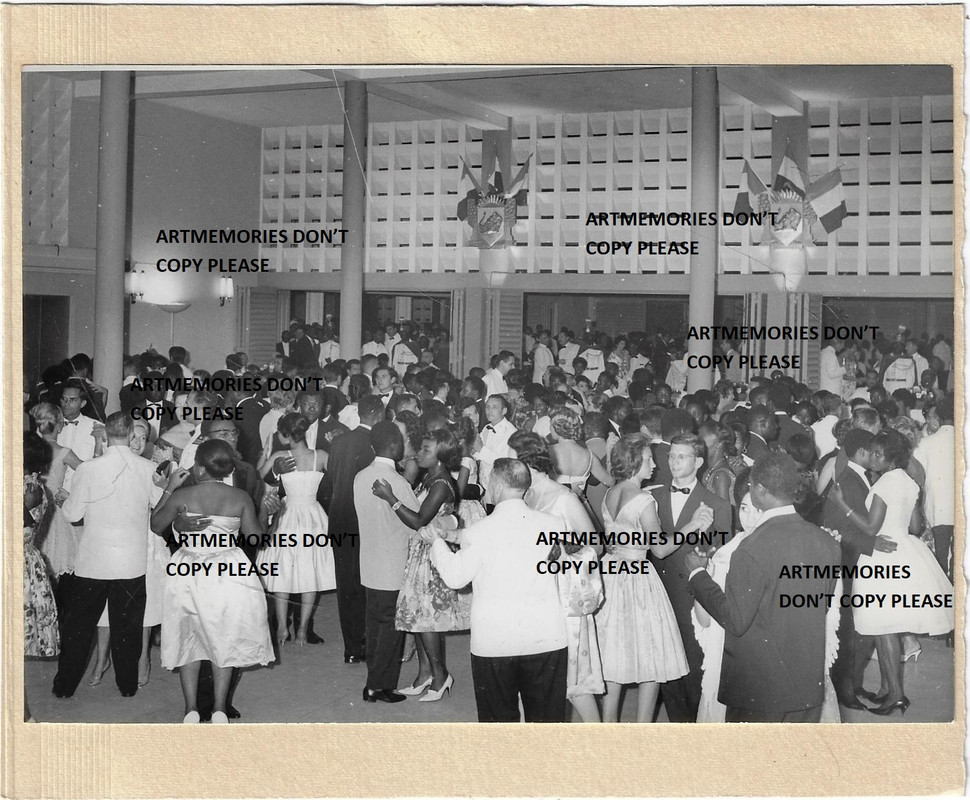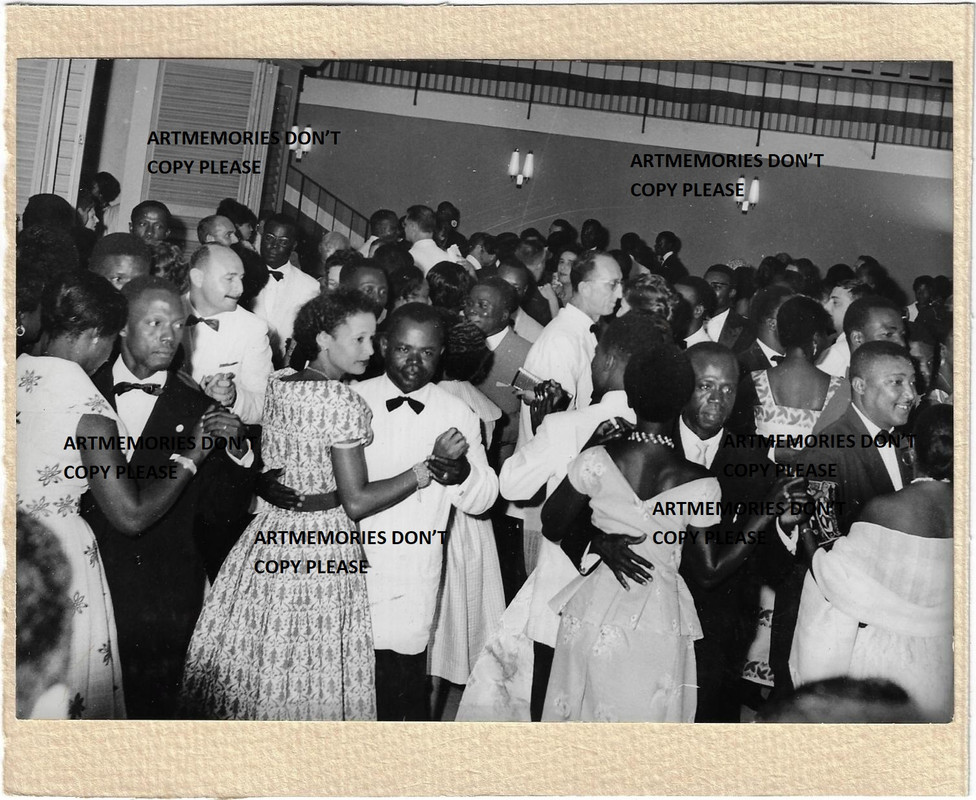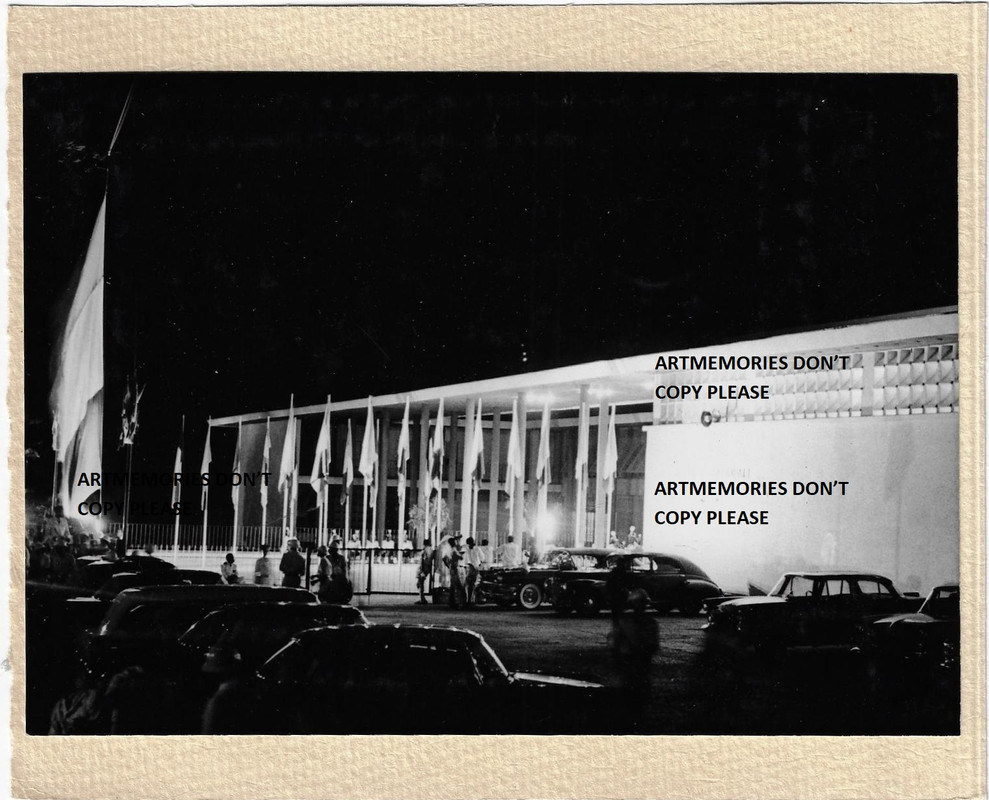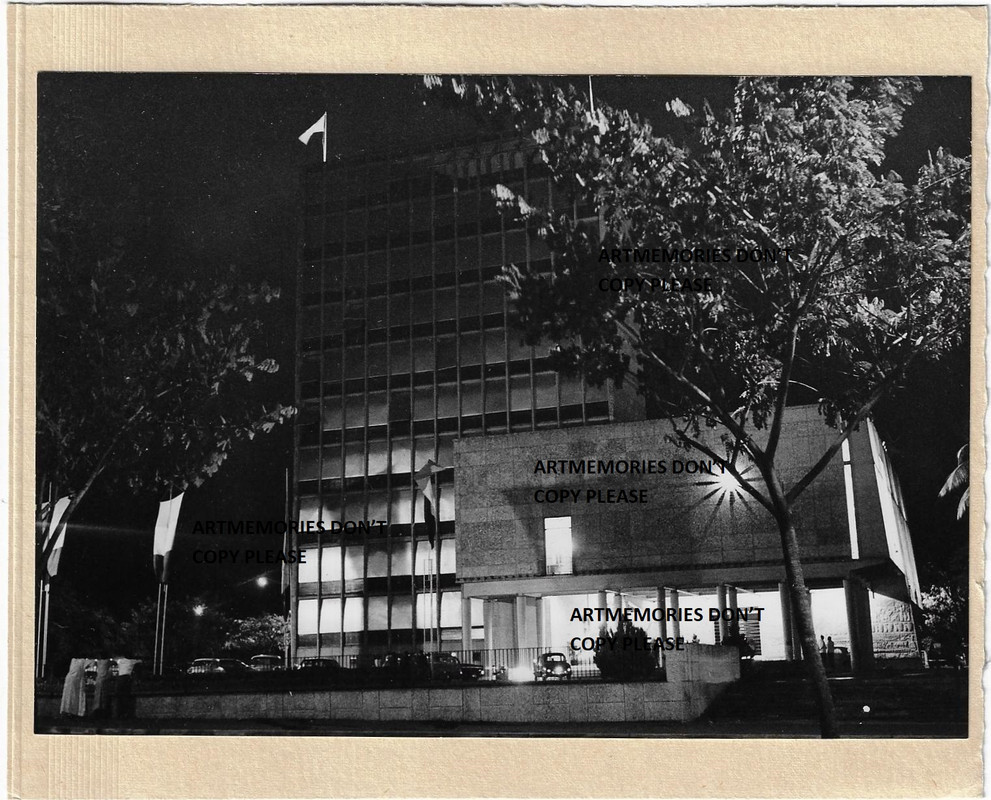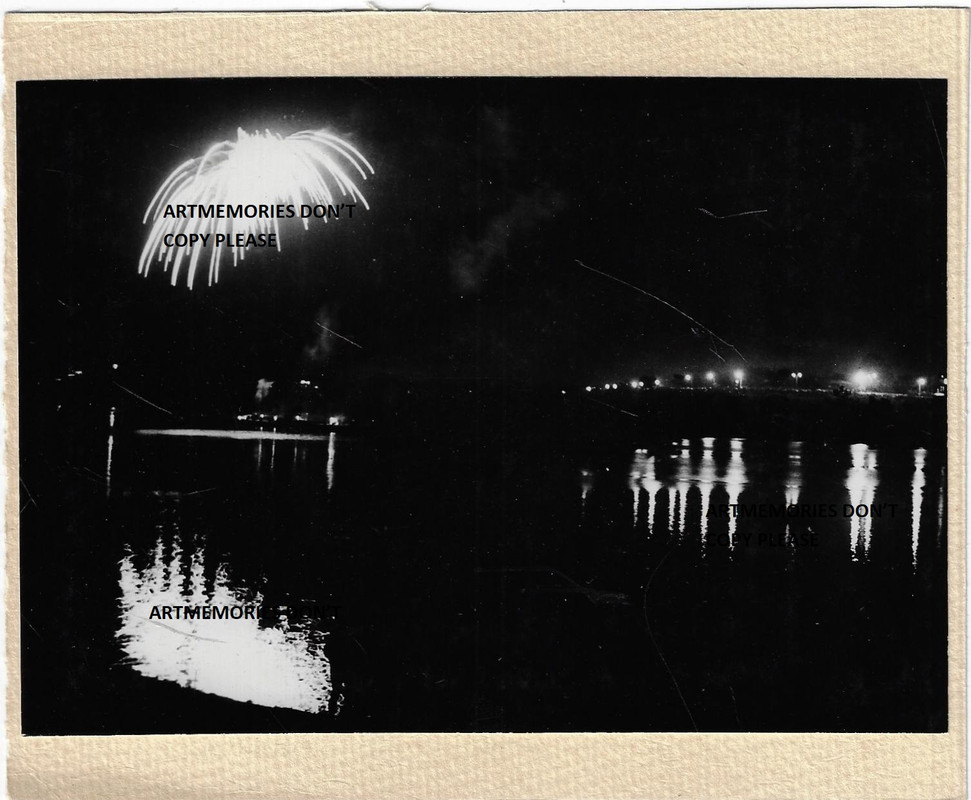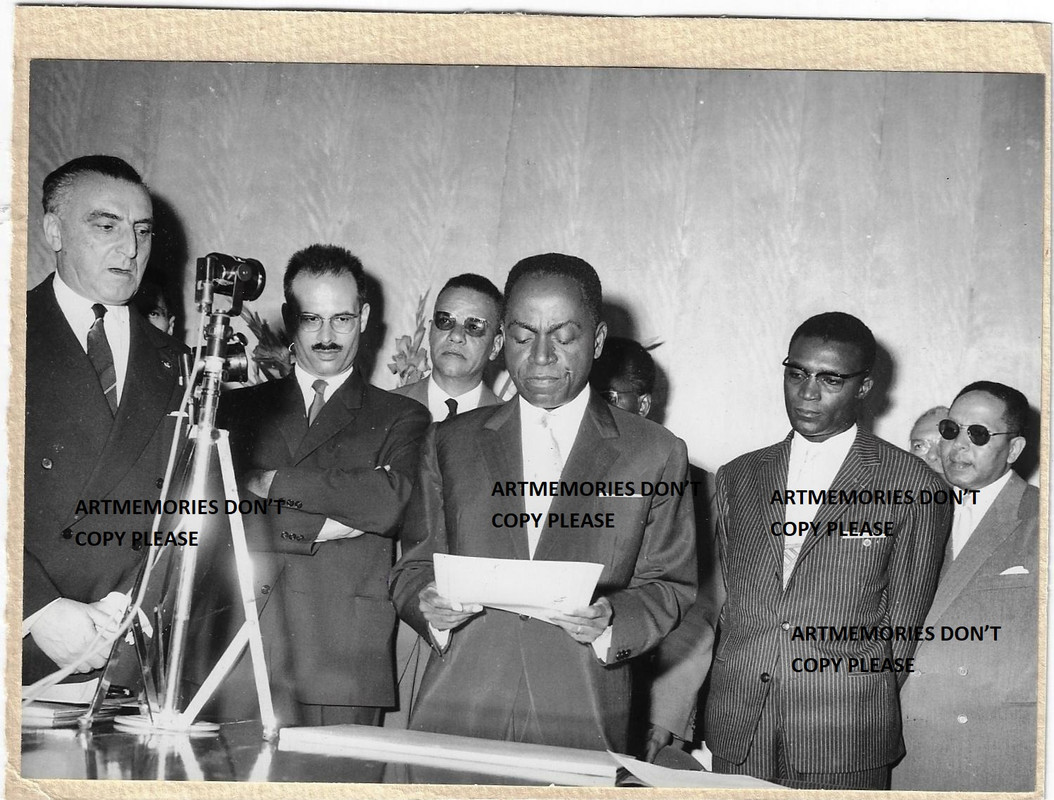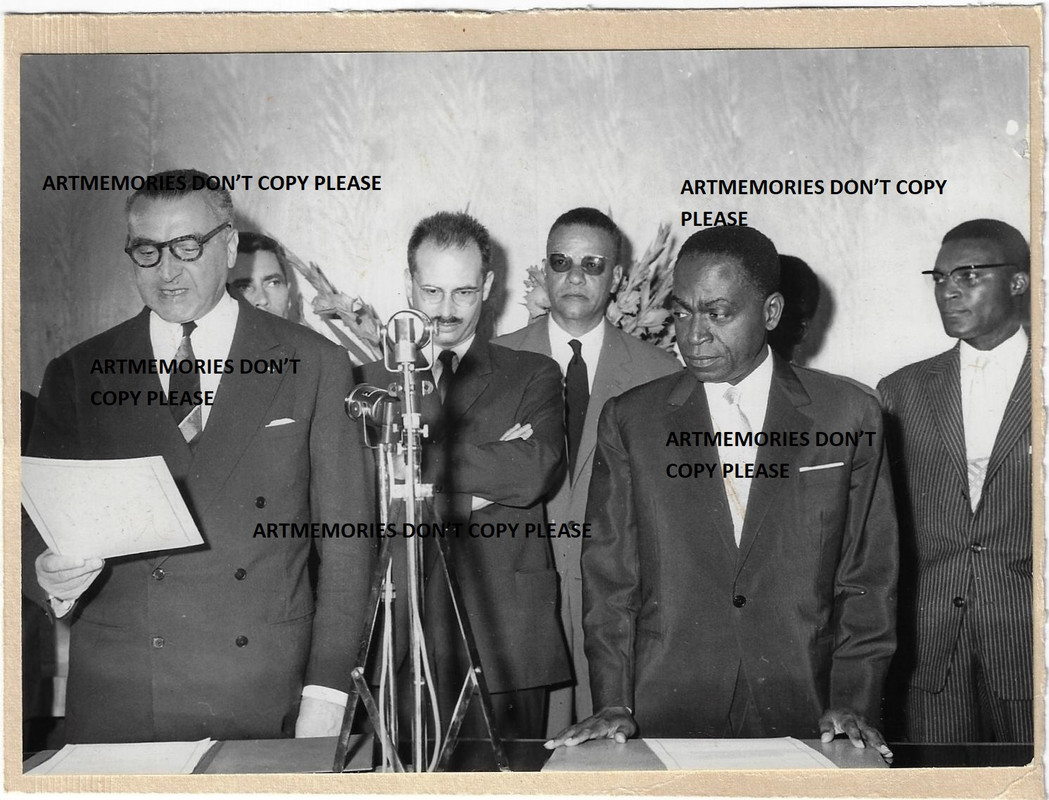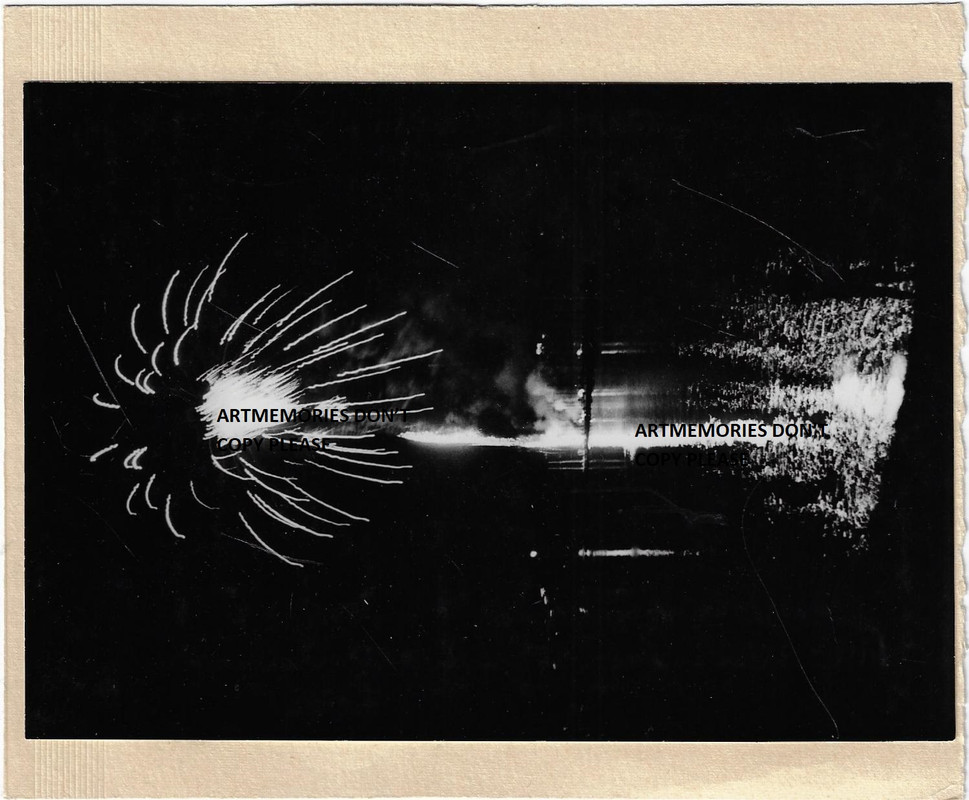45 photos c1960 Cote divoire Indépendance président défilé danse , militaires
Les photos sont collées recto verso sur 23 cartons differents / photos are glued on 23 different carboard on both sides
Chaque carton mesure environ / each cardboard do 18.8 * 15.5 cm
Chaque photo mesure environ / each photo do approximately 18.3 * 13 cm
TOUTES LES PHOTOS SONT VISIBLESDESSOUSLA DESCRIPTION / ALL PHOTOS ARE SCANS BELOW THE DESCRIPTION
EN FRANCAIS////
Indépendance (1958)
Étapes de construction de nation (1958-1960)

En, la Côte dIvoire devient une république autonome par leréférendum, qui crée laCommunauté françaiseentre laFranceet ses anciennes colonies. Elle est alors dirigée par unpremier ministre,Auguste Denise, auquel succéderaFélix Houphouët-Boigny, en. Avec cette autonomie, la Côte dIvoire ne devait plus partager ses richesses avec les autres colonies pauvres du Sahel, le budget de ladministration ivoirienne augmenta ainsi de 152%.
Le, lindépendance prend effet. Le pays reste cependant très lié à la France: sa monnaie est dirigée par laBanque de France, par le biais de lunion monétaire dAfrique occidentale (franc CFA); de nombreux investissements français rendent léconomie ivoirienne dépendante de la France.
Période Félix Houphouët-Boigny (1959-1993)
[modifier|modifier le code]Le président-fondateur estFélix Houphouët-Boigny(1905-1993). Il le resta à vie, sappuyant sur son parti unique, le Parti Démocratique de la Côte dIvoire (PDCI). Il est également un des fondateurs duRassemblement démocratique africain(RDA), parti politique davant lindépendance pour toute lAfrique occidentale française (excepté laMauritanie).
Il commence sa carrière en1944en fondant le Syndicat agricole africain, qui fut le noyau du PDCI. Après laSeconde Guerre mondiale, il est élu dune courte majorité à la premièreassemblée constituante. Il représente ensuite la Côte dIvoire à lAssemblée nationalede1946à1959, se consacrant essentiellement aux organisations politiques inter et territoriales au sein de lAOF, et à lamélioration des conditions de travail. Il est également ministre de la République trois ans durant.
Il devient le premierpremier ministrede la Côte dIvoire en avril1959, et en1960est élu président. Il est ensuite constamment réélu de cinq ans en cinq ans à partir de 1965. Son parti unique, lePDCI-RDA, occupe tous les sièges de lAssemblée nationale.
Politique extérieure
En mai1959, Félix Houphouët-Boigny crée le Conseil de lentente avec leNiger, laHaute-Volta(Burkina Faso), leTogo, et leDahomey(Bénin), organisation de développement économique. Il affirme que la seule voie pour la solidarité africaine est le développement économique progressif et la coopération politique, reconnaissant le principe de non-intervention dans les affaires internes des États africains.
Le, il signe un accord dassistance militaire avec la France. Cet accord est également signé par leDahomeyet leMali.
IN ENGLISH ////
Independence (1958)
to modifyStages of nation building (1958-1960)
to modify
In, Ivory Coast becomes an autonomous republic byreferendum, which creates theFrenchCommunity betweenFranceand its former colonies . It is then led by aprimeminister ,Auguste Denise, who will be succeeded byFélix Houphouët-Boigny, inWith this autonomy, Ivory Coast no longer had to share its wealth with the other poor colonies of the Sahel, and the budget of the Ivorian administration thus increased by 152%.
THE, independence takes effect. The country remains, however, very linked to France: its currency is managed by theBank of France, through the West African Monetary Union (CFA franc); numerous French investments make the Ivorian economy dependent on France.
Félix Houphouët-Boigny period (1959-1993)
to modifyThe founding president wasFélix Houphouët-Boigny(1905-1993). He remained in power for life, relying on his single party, the Democratic Party of Côte dIvoire (PDCI). He was also one of the founders of theAfrican Democratic Rally(RDA), a pre-independence political party for all of French West Africa (exceptMauritania).
He began his career in1944by founding the African Agricultural Union, which was the core of the PDCI. After theSecond World War, he was elected by a narrow majority to the firstconstituent assembly. He then represented Côte dIvoire in theNational Assemblyfrom1946to1959, devoting himself primarily to inter- and territorial political organizations within the AOF, and to improving working conditions. He was also Minister of the Republic for three years.
He became the firstPrime Ministerof Côte dIvoire in April1959, and in1960was elected President. He was then consistently re-elected every five years from 1965. His single party, thePDCI-RDA, held all the seats in the National Assembly.
Foreign policy
to modifyIn May1959, Félix Houphouët-Boigny created the Council of Entente withNiger,Upper Volta(Burkina Faso),Togo, andDahomey(Benin), an economic development organization. He asserted that the only path to African solidarity was progressive economic development and political cooperation, recognizing the principle of non-intervention in the internal affairs of African states.
THE, he signs a military assistance agreement with France. This agreement is also signed byDahomeyandMali.
TOUTES LES PHOTOS SONT VISIBLES CIDESSOUSLA DESCRIPTION / ALL PHOTOS ARE SCANS BELOW
